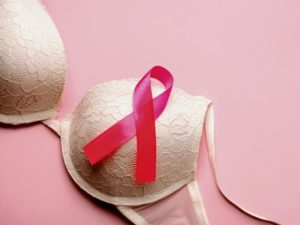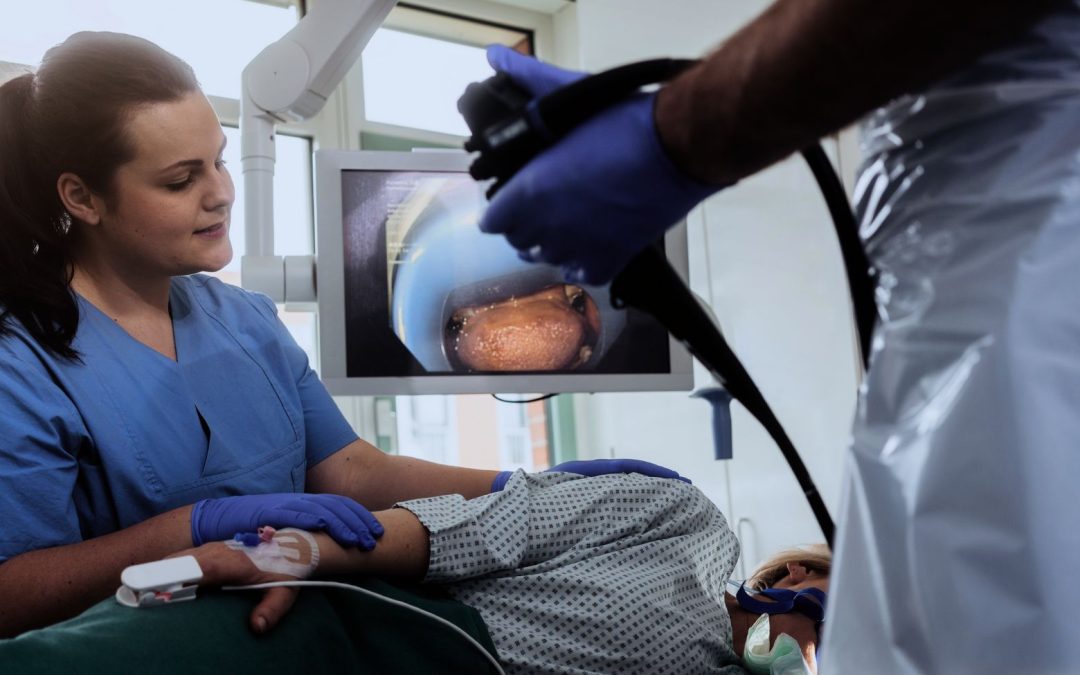Events | Holidays & Freebies National Nurses Week: Honoring Our Favorite Pop Culture Practitioners National Nurses Week runs from May 6-12, and includes a variety of ways to honor nurses. This year’s theme is “Nurses Make the Difference.” As part...

Log in to continue your nursing CEUs

RN-MSN – Chief Nursing Officer
Breast cancer is one of the most common types of non-skin cancer among women in the United States and it is second to lung cancer as a cause of cancer death among American women.
According to the National Cancer Institute, more than 280,000 women in the United States will be diagnosed with breast cancer and an estimated 43,600 will die of the disease based on data from 2021.
It is important to understand that men can also develop breast cancer and it is estimated that close to 2,710 men will be diagnosed with breast cancer and out of those numbers, 530 are expected to die from breast cancer.
Breast Cancer Awareness Month is a yearly opportunity to educate and raise awareness on breast cancer, preventative measures, risk factors, signs and symptoms, self-checks and mammograms, support those who are battling, and remembering those who have lost the fight against breast cancer.
There are different kinds of breast cancer and it is important for women, in particular, to be knowledgeable about the different types, the risk factors, prevention, symptoms, and treatments in order to proactively diagnose breast cancer in the early stages. The following are important to consider when focusing on breast cancer among women:

There are dozens of types and sub-types of breast cancer and it is important to tell the doctor any symptoms that are being experienced in an effort to evaluate the specifics of the cancer including if the disease has spread beyond the breast and the type of tissue where the disease actually began. The following information gives details about the different types of breast cancer.
Some are slow growing while others are more aggressive. The biological makeup, size, and stage all influence how aggressive a tumor can be. The most aggressive types tend to be inflammatory breast cancer and angiosarcoma of the breast. The more slowly growing tumors tend to be ductal carcinoma in situ, lobular carcinoma in situ, and phyllodes tumors.
The most common type accounting for approximately 80% of all cases. This type of cancer typically starts in a milk duct and grows into other parts of the breast. In time, it may spread to other parts of the body or metastasize.
The second most common type accounting for approximately 5-10% of all breast cancers. It begins in the lobules and then spreads to nearby breast tissue.
It may also metastasize, but it is important to note that it is harder to detect on mammograms and other exams.
May be detected in the ducts or lobules and typically spreads faster than other types of breast cancer and accounts for approximately 1-5% of all breast cancers in the United States. It may have redness and swelling on the surface of the breast and is sometimes misdiagnosed as a breast infection.
Many times, this type of cancer is not diagnosed until more advanced stages have occurred with metastasis to other parts of the body. This type of cancer has a lower survival rate.
This is a much less common type of breast cancer that develops in the skin of the nipple and the areola that creates unique tumor cells called Paget cells.
This type forms in the lining of lymph or blood vessels and it is typically rare. It seems to be more common in those greater than 70 years of age. Angiosarcoma grows quickly and is often not diagnosed until it has spread to other parts of the body.
These tumors are rare and are found in the connective tissues of the breast. Typically, this type of cancer affects women in their 40’s even though it may develop in all ages. Those individuals that have an increased risk for this type of tumor typically have an inherited genetic condition called Li-Fraumeni syndrome.
These cells are non-invasive and remain in a certain area of the breast without spreading to surrounding tissue, ducts, or lobules.
DCIS begins as a mass that grows in a milk duct that carries milk from the lobules, or glands to the nipple. With time, the chances increase for the mass to break through the ductal walls into the surrounding tissue.
LCIS not considered cancer but rather a change in the breast due to the thousands of tiny clusters that produce breast milk. A cell that resembles cancer cells grows inside the lobules and typically remains in one area and does not spread.

There are risk factors that cannot be changed and those that can be changed when dealing with breast cancer. It is important to understand the differences. With the ones that can be changed, there are preventative steps that can be taken to help reduce the chances of being diagnosed with breast cancer.
Risk Factors that Cannot Be Changed:
Risk Factors that Can Be Changed (Preventative Steps):
Different people have differing symptoms of breast cancer and some do not have any symptoms at all. The following are some warning signs and symptoms of breast cancer for those that do experience symptoms:
Breast cancer is treated in several ways and is dependent on the type of breast cancer and if the cancer has metastasized. Typically, those with breast cancer receive more than one type of treatment.
The following are the treatments currently used for breast cancer:

With an awareness of risk factors, symptoms, prevention, and the varying types of breast cancer, one can assist medical providers with the most effective means for early detection and diagnosis. Early detection and diagnosis assist in achieving more positive outcomes and higher breast cancer survival rates.
As providers, as co-workers, as employees, as people, one should not only show support for breast cancer during Breast Cancer Awareness Month, but year-round.
Love what you read?
Share our insider knowledge and tips!
Read More

by Kari Williams | May 6, 2024 | Events, Holidays & Freebies
Events | Holidays & Freebies National Nurses Week: Honoring Our Favorite Pop Culture Practitioners National Nurses Week runs from May 6-12, and includes a variety of ways to honor nurses. This year’s theme is “Nurses Make the Difference.” As part...

by NCC News and Content Team | Feb 14, 2024 | Events
Events National Cancer Prevention Month February is National Cancer Prevention Month 2024! Nurses can be an educational resource for patients on how to protect themselves. Cancer prevention can look like lifestyle changes to minimize modifiable risk factors and...

by NCC News and Content Team | Feb 7, 2024 | Events
Events International Prenatal Infection Prevention Month 2024 February is International Prenatal Infection Prevention Month 2024! Learn about a nurse’s role in educating patients on how to protect themselves. Common prenatal infections you can explore with...